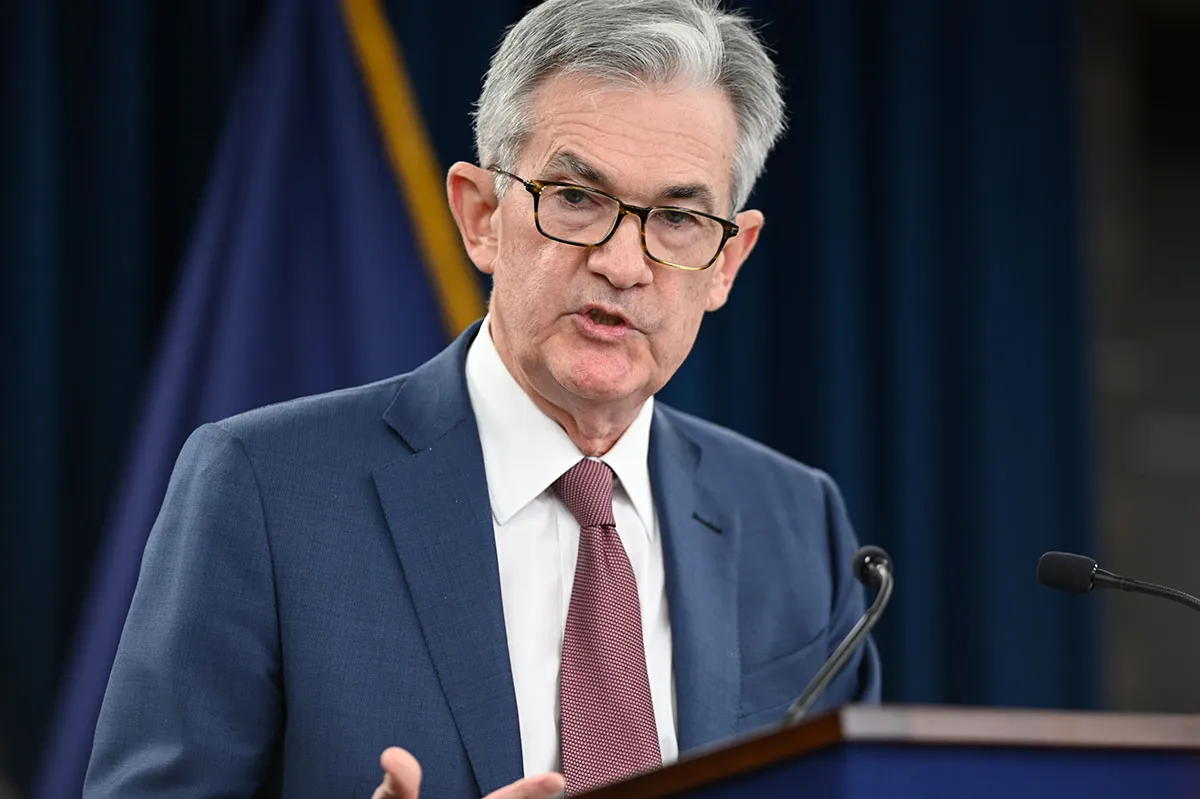By Will Kessler, The Daily Caller News Foundation | March 20, 2024
The Federal Reserve announced on Wednesday that it would not change its benchmark federal funds rate or its prediction for the year, even as persistent inflation pushes back rate cut expectations.
The Fed’s decision not to change rates keeps the target range between 5.25% and 5.50%, the highest level since 2001, marking the fifth meeting in a row where the Fed chose to not adjust the rate, according to an announcement from the Fed following a meeting by the Federal Open Market Committee (FOMC). Despite high rates, the Fed has so far failed to decelerate inflation down to its goal of 2%, with the consumer price index (CPI) most recently measuring at 3.2% in February year-over-year, up from 3.1% in the month before.
Investors ahead of the Fed announcement were projecting 99% odds that the rate would be held steady, with a majority of analysts not counting on a rate cut until the Fed’s FOMC meeting in June, according to the CME Group’s FedWatch Tool. Predictions of when the Fed will announce its first rate cut of 2024 have consistently been pushed back as inflation remains elevated, with the odds at the end of January being at 58% that the Fed would cut rates in March.
The Fed chose to maintain the same prediction that it set last December for the year, projecting that the rate will end 2024 at 4.6% and indicating that it will likely cut the federal funds rate three separate times by 0.25% each, according to the Fed’s summary of economic projections. A median of Fed governors did change their longer-term predictions from December, estimating that 2025 will end at a rate of 3.9% instead of 3.6% and 2026 will end at 3.1% instead of 2.9%.
“Americans have paid a terrible price for the Fed failing to contain inflation,” Thomas Hogan, senior research faculty at the American Institute for Economic Research, told the Daily Caller News Foundation. “The Fed is likely to be extra careful not to revive inflation by cutting interest rates too soon … The main thing people will be looking for from this meeting is the FOMC’s economic projections.”
RRPs drop $70 billion to lowest level since May '21, but still not on track to completely drain by end of Mar; full drain is unlikely until this May: pic.twitter.com/UpSVBLw5YW
— E.J. Antoni, Ph.D. (@RealEJAntoni) March 15, 2024
Other inflation metrics have also shown persistent price increases, including the Fed’s preferred inflation metric, the personal consumption expenditure price index, which increased 2.4% year-over-year in January. The producer price index, which tracks inflation before it reaches consumers, increased 0.6% in February month-to-month, twice what economists had expected, and rose 1.6% for the year.
“CPI inflation rose in February, but not by much,” Hogan told the DCNF. “The recent uptick in inflation was mostly due to housing prices, which enter the CPI calculation with a lag, so they represent the change in home prices from about a year ago. Housing prices have since stabilized and are even declining in many markets. My guess is that the recent inflation numbers were not interpreted by the Fed as the return of high inflation and will not have much effect on the Fed’s plans.”
Original article link









